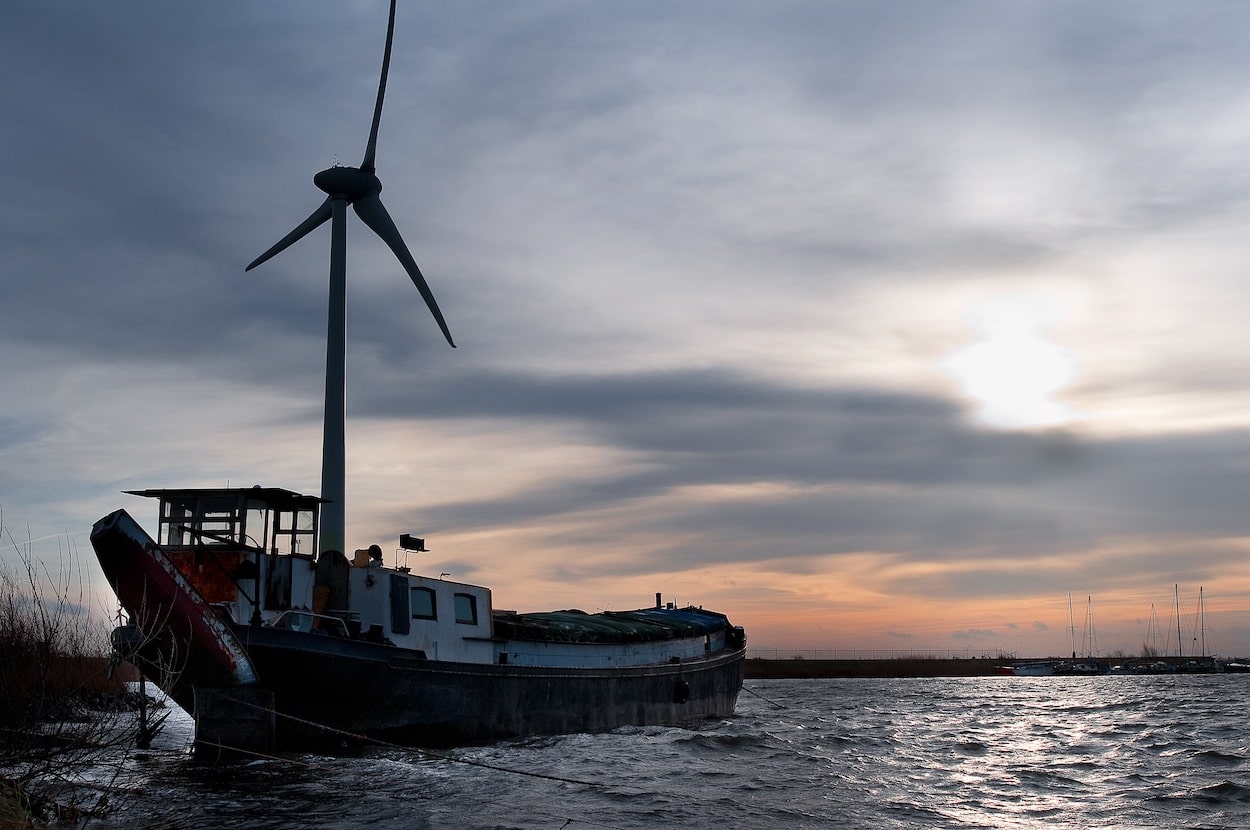
Offshore wind turbines are a key component of the global transition to renewable energy sources. These structures harness the power of the wind to generate electricity, and they are typically mounted on towers that are anchored to the seabed. One of the key factors in the design of offshore wind turbines is the height of these towers, as this determines the efficiency and performance of the turbine. In this article, we will explore the average height of offshore wind turbines and how it impacts their performance.
Factors Affecting the Height of Offshore Wind Turbines
There are several factors that impact the height of offshore wind turbines, including the strength and consistency of the wind, the depth of the water, and the type of foundation used. In general, offshore wind turbines are located in areas with strong and consistent winds, as this allows them to generate electricity efficiently. The depth of the water also plays a role in the height of offshore wind turbines, as deeper waters require taller towers to support the weight of the turbine. Finally, the type of foundation used also impacts the height of offshore wind turbines, as some foundations are able to support taller towers than others.
The Average Height of Offshore Wind Turbines
The average height of offshore wind turbines varies depending on the specific location and conditions of the site. In general, offshore wind turbines are typically between 100 and 250 meters tall, with the majority falling in the range of 150 to 200 meters. The actual height of an offshore wind turbine is determined by a range of factors, including the wind resource at the site, the depth of the water, and the type of foundation used. Engineers will carefully consider these factors when designing an offshore wind turbine to ensure optimal performance and efficiency.
Impact of Height on Performance
The height of an offshore wind turbine has a significant impact on its performance and efficiency. In general, taller towers are able to capture more wind energy, as they are able to take advantage of stronger and more consistent winds that are found at higher altitudes. This allows offshore wind turbines with taller towers to generate more electricity and operate at a higher capacity factor, which is the percentage of time that the turbine is able to generate electricity. In addition, taller towers also allow for the use of larger turbine blades, which can further increase the power output of the turbine.
Conclusion
Offshore wind turbines are a key component of the global transition to renewable energy sources, and the height of these structures plays a crucial role in their performance and efficiency. The average height of offshore wind turbines is typically between 100 and 250 meters, with the majority falling in the range of 150 to 200 meters. The actual height of an offshore wind turbine is determined by a range of factors, including the wind resource at the site, the depth of the water, and the type of foundation used. The height of an offshore wind turbine has a significant impact on its performance and efficiency, with taller towers able to capture more wind energy and generate more electricity.

